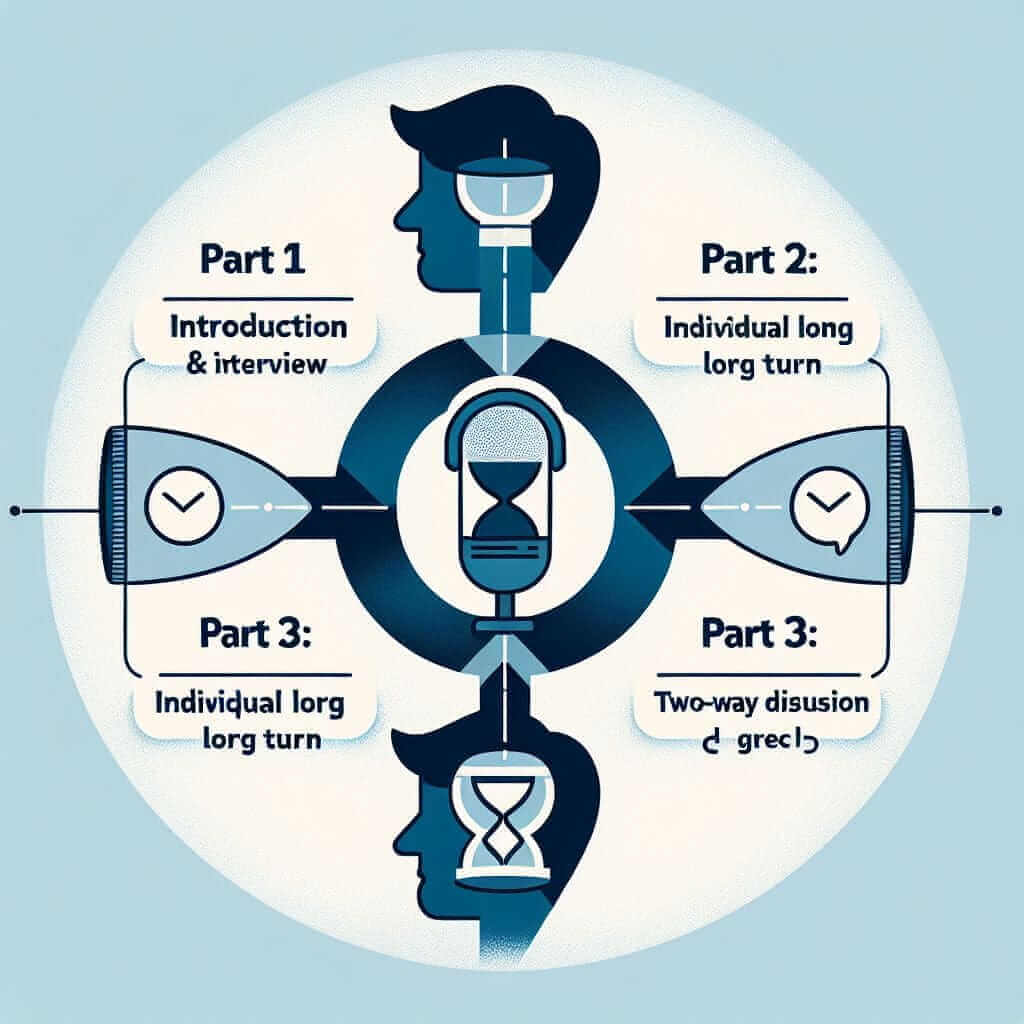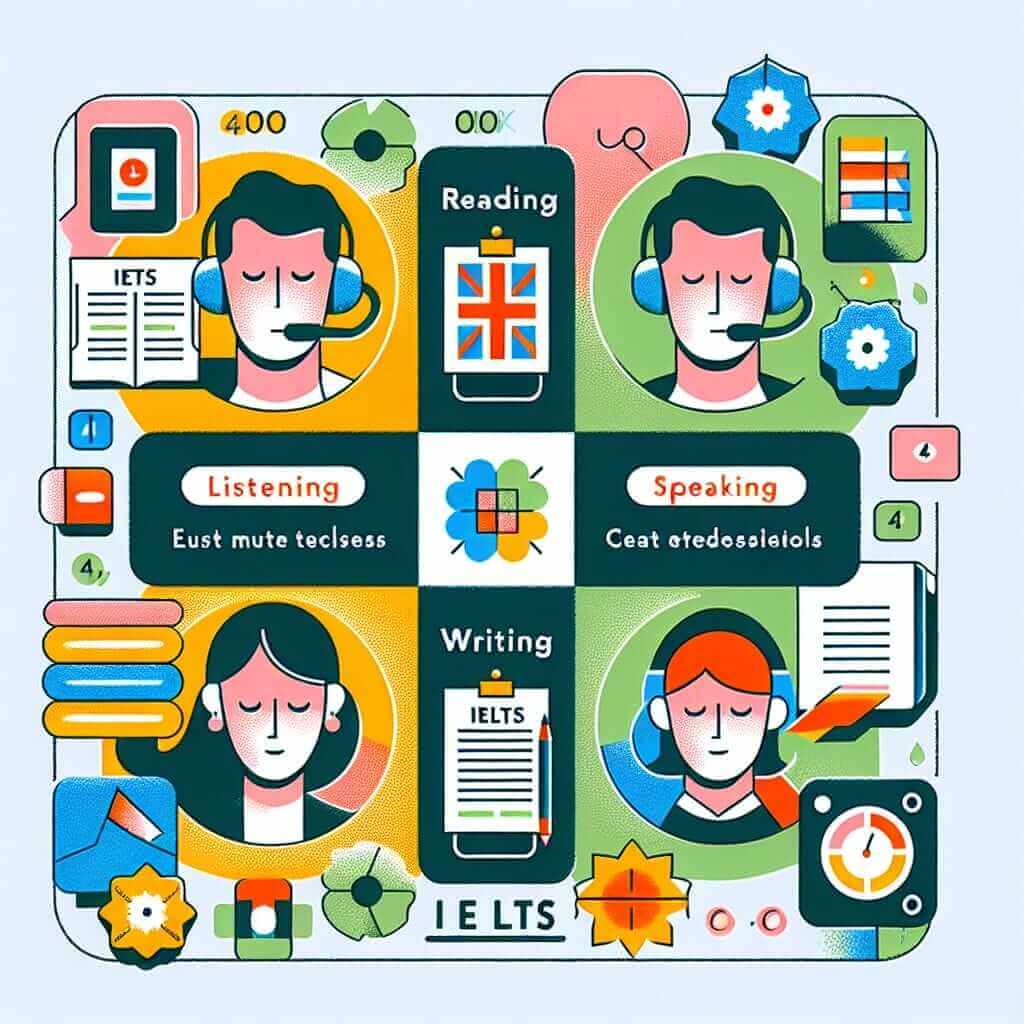As an IELTS instructor with over two decades of experience, I often encounter students fixated on finding “the answer key” to conquer the IELTS Reading section. While practice materials and their answer keys are valuable tools, true mastery lies in understanding the underlying skills being assessed. One such skill, crucial yet often overlooked, is recognizing how conversations flow naturally. This article delves into the significance of this skill in the context of IELTS Reading, equipping you with strategies to not only locate answers but also comprehend the nuances of spoken discourse.
Nội dung bài viết
Understanding Conversational Flow in IELTS Reading
The IELTS Reading test assesses your ability to understand written English in various formats, including dialogues and conversations. These interactions often appear in passages related to everyday situations, educational settings, or professional environments.
Recognizing how conversations flow naturally is paramount for several reasons:
1. Identifying Key Information
Conversations don’t follow rigid structures like essays. Instead, they meander, with speakers building upon, challenging, or clarifying each other’s points. Recognizing cues like:
- Turn-taking: Who speaks when, and how do they signal their turn? (e.g., pauses, interjections)
- Agreement/Disagreement: How do speakers express alignment or dissent? (e.g., “Absolutely!”, “I see your point, but…”)
- Topic Shifts: How do topics change organically within the conversation?
Mastering these cues enables you to pinpoint key information needed to answer questions accurately.
2. Understanding Implied Meaning
Conversations are rife with implied meaning. Speakers might not explicitly state their intentions or opinions, relying instead on:
- Tone of voice: A sarcastic remark holds a different meaning than a sincere one.
- Body language: While not explicitly stated in the text, descriptions of gestures can offer insights.
- Cultural context: Understanding cultural norms can shed light on unspoken expectations within conversations.
The IELTS Reading section often tests your ability to infer meaning from these subtle clues, making it essential to analyze conversations holistically.
Applying Your Knowledge: Strategies for Success
Let’s illustrate how understanding conversational flow can be your secret weapon with a hypothetical example:
Passage Excerpt:
“But honestly,” interjected Sarah, “wouldn’t online learning be more time-efficient?”
“Well,” mused Professor Jones, stroking his beard thoughtfully, “that depends on the individual’s learning style, wouldn’t you say?”
Question:
What is Professor Jones’s stance on online learning?
Analysis:
- Sarah’s interjection “But honestly” suggests a potential disagreement or challenge to a previous statement.
- Professor Jones’s response, starting with “Well” and accompanied by a thoughtful gesture, indicates he’s considering her perspective.
- He doesn’t directly agree or disagree but poses a question, suggesting a nuanced viewpoint.
Answer:
Professor Jones doesn’t express a clear stance on online learning, but he acknowledges the validity of Sarah’s point and highlights the importance of individual learning styles.
 online learning debate
online learning debate
Tips to Improve Your Understanding of Conversational Flow
- Practice Active Listening: Engage in conversations actively, paying attention to both verbal and non-verbal cues.
- Analyze Dialogue: Read transcripts of conversations, focusing on turn-taking, expressions of agreement/disagreement, and topic shifts.
- Expose Yourself to Different Accents: Listen to podcasts or watch interviews featuring speakers with varying accents to familiarize yourself with different speech patterns.
- Read Widely: Engage with various text types, including fiction and non-fiction, to develop a keen eye for conversational nuances.
Conclusion
While searching for “when conversations flow ielts reading answer key” might seem tempting, remember that true success lies in developing a deeper understanding of how conversations function. By honing your ability to analyze dialogue, identify key information, and infer meaning, you’ll be well-equipped to excel in the IELTS Reading section and beyond. Remember, it’s not just about finding the answers, but about truly comprehending the art of communication.


